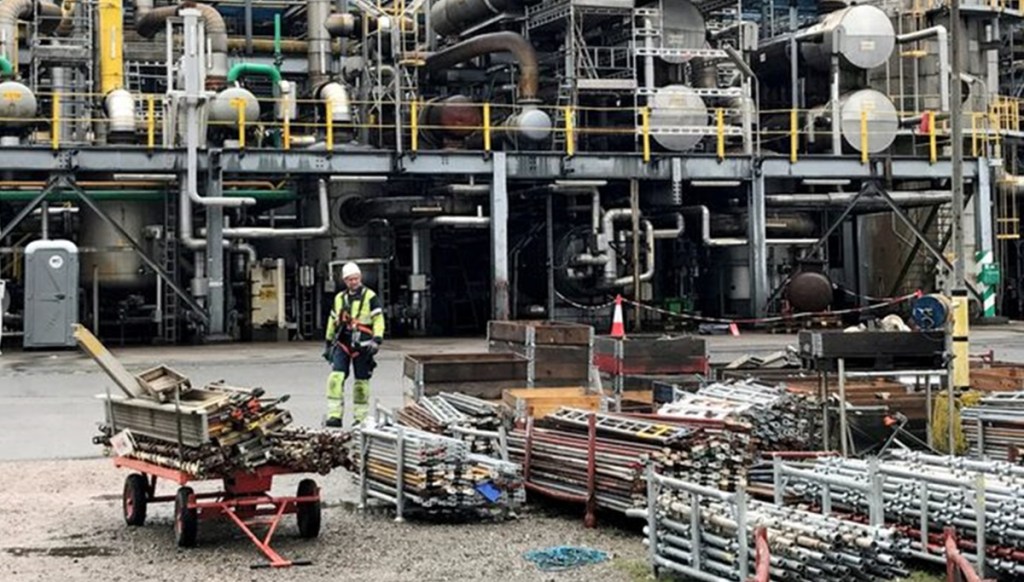The import dependency in India’s urea industry is expected to reduce to 10-15 per cent in the near to medium term from its peak of approximately 30 per cent seen in fiscal 2021, stated a report by CRISIL Ratings. This, it added, will be driven mainly by commencement and stabilisation of new capacities. India’s urea industry contributes to around 55 per cent of chemical fertiliser demand.
These new plants, per CRISIL, will see steady regulated returns as utilisation improves. As for the legacy capacities, profits will remain stable this fiscal, in line with raw material prices and policies. That, and adequate subsidy allocation will keep credit profiles stable. CRISIL Ratings analysed urea makers accounting for around 70 per cent of the industry capacity, to release these findings.
Urea demand growth had outpaced production between fiscal 2007 and 2012, because of which the share of imports rose to 20-25 per cent of consumption. To boost domestic production, the government notified the New Investment Policy 2012 (NIP 2012) in fiscal 2013. Under this, six plants with a total capacity of around 7.62 million tonnes (approximately 25 per cent of the domestic capacity) have been gradually commissioned over the past five fiscals.
“The NIP 2012 has played a crucial role in reducing import dependence structurally. The new plants are expected to operate at ~100 per cent capacity utilisation this fiscal, as against 85-90 per cent in the previous fiscal, as operations stabilise. The likely commissioning of one more plant by next fiscal will further boost domestic production,” said Anand Kulkarni, Director, CRISIL Ratings.
These plants have healthy profitability due to minimum committed return on equity of 12 per cent under NIP 2012. For the rest of the industry (around 75 per cent of the capacity), profitability should hold the line given stable natural gas prices and unchanged policy norms on energy efficiency and fixed-cost reimbursements, stated the report while adding that working capital cycles remain stable too backed by government measures. The urea industry relies heavily on government subsidies, which is typically 80-85 per cent of sales.
“The budgetary allocation of Rs 1.19 lakh crore for urea will be adequate and hence no major build-up of subsidy receivables is expected this fiscal. Additionally, expectation of timely subsidy disbursement by the government, in line with the track record over the past few years, augurs well for credit profiles. With no significant capital expenditure, the net leverage is expected to remain comfortable at ~3.0 times this fiscal, in line with fiscal 2024,” said Nitin Bansal, Associate Director, CRISIL Ratings.
That said, CRISIL added that a possible uptick in nano urea adoption over the medium term can accelerate India’s self-sufficiency. Also, any policy changes, such as tightening of energy norms, and their impact on profitability would bear watching.

